
Bodybuilding is a seemingly glamorous but life-threatening sport. Professional bodybuilders are required to push their bodies to unnatural extremes: intense training, dieting, and long-term use of performance-enhancing as well as muscle-building drugs, anabolic steroids, insulin, growth hormones, and diuretics, which severely damage the heart, liver, kidneys, and endocrine system.
In the long run, bodybuilding requires discipline and physical fitness that can endanger both life and health. It is not without reason that several world renowned bodybuilders like—Mike Matarazzo, Dallas McCarver, Andreas Münzer, and Rich Piana—died young due to cardiac arrest, organ failure, or complications related to performance-enhancing drugs while many others continue to live with mental stress, chronic pain, limited mobility, dysmorphia and eating disorders, due to long term wear and tear.
Here are 10 world-class bodybuilding giants who once dominated the sport during their prime but can’t even walk unaided today because of surgeries, injuries, nerve damage, steroid use, and extreme training:
1. Flex Wheeler
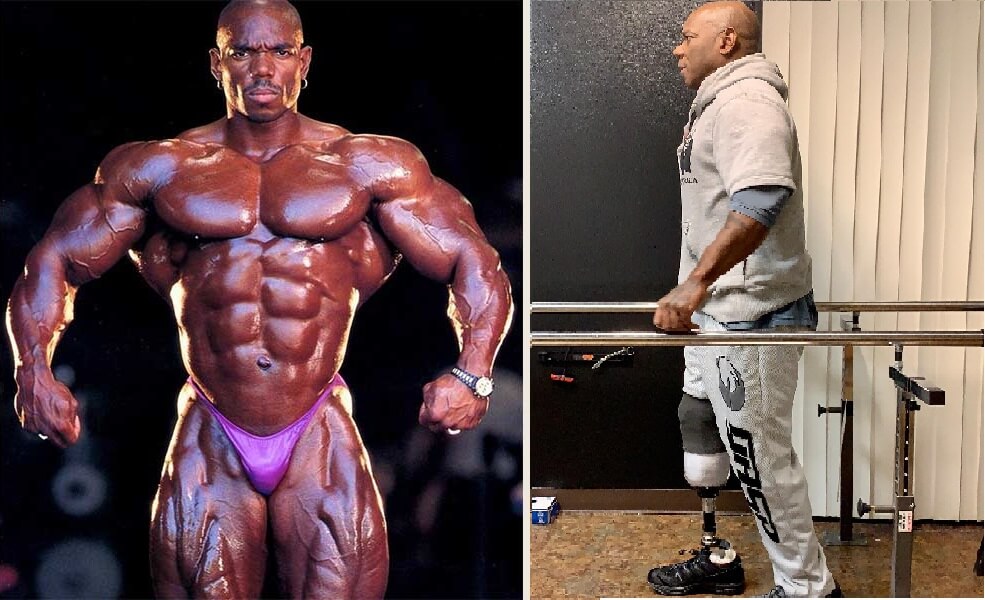
One of the most admired legends in bodybuilding history, Flex Wheeler, was nicknamed “Sultan of Symmetry” by Arnold Schwarzenegger. Flex Wheeler dominated the professional bodybuilding scene in the 1990s, with a near-perfect blend of size, symmetry, and proportion. He was also a martial artist, known for his athleticism and flexibility.
He seemed destined to reach the pinnacle of glory, but his body began to betray him due to serious health conditions. Wheeler was diagnosed with focal segmental glomerulosclerosis, a rare kidney disease, in the late 1990s, due to which he had to officially retire from competitive sport in 2003. Over the next few years, he underwent multiple surgeries to cure nerve damage, spinal issues, and declining circulation in his right leg. The doctors also had to amputate part of his right leg due to severe vascular problems.
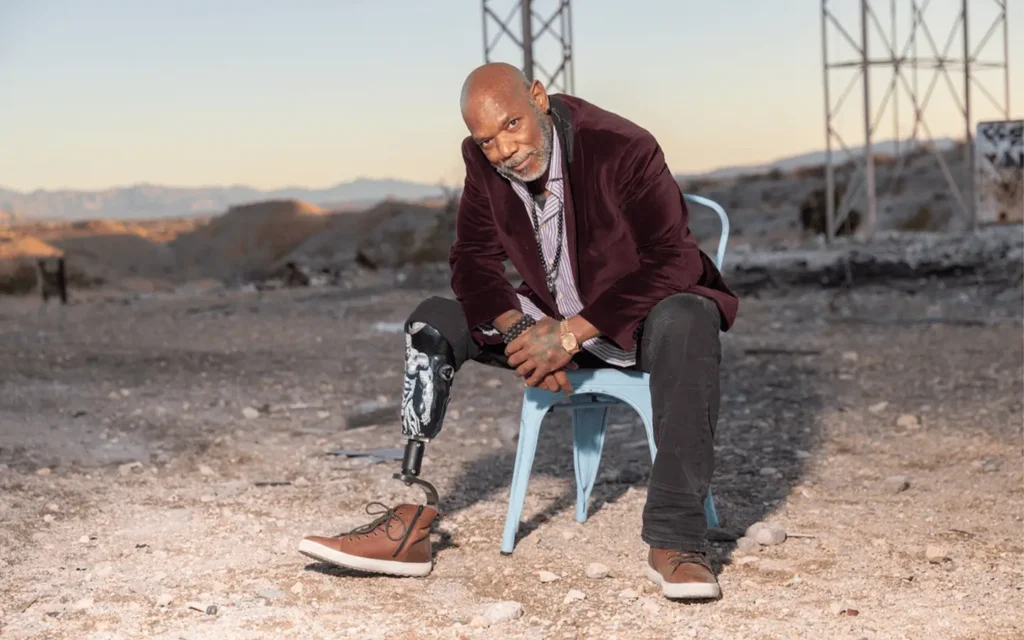
He now walks with assistance – using a prosthetic limb. However, all this has not dampened Flex Wheeler’s spirit. He is a motivational speaker, fitness consultant, and a symbol of resilience who continues to fight and speak about the dangers of steroid use and life after bodybuilding. Flex Wheeler’s story offers a sobering yet powerful lesson: that true strength is measured not by muscle, but by the ability to rise after falling.
2. Ronnie Coleman
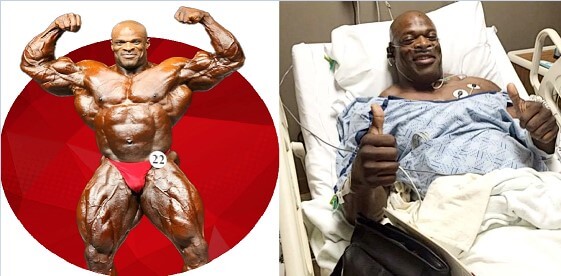
Ronnie Coleman used to be the greatest bodybuilder and a giant in the world of bodybuilding during the late 1990s and early 2000s. He won Mr. Olympia eight times in a row—from 1998 to 2005. A full-time police officer, he was known for his unbelievable strength, 800-lb squats, and deadlifts.
However, years of lifting superhuman weights took a devastating toll on Ronnie’s body as he had to undergo multiple back and hip replacement surgeries. The result is that he now requires crutches or a wheelchair to move and suffers from permanent nerve damage and spinal compression.
The doctors say that he would have to live with chronic pain and may never be able to walk normally again. Ronnie Coleman today is a shadow of his former physical self, but for the unbreakable willpower that keeps him going.
3. Tom Prince (Deceased)

One of the most promising bodybuilders in the early 2000s, Tom Prince, was seen as a future Mr. Olympia contender. He was known for his enormous size, balanced aesthetics, and powerful lower body. But as luck would have it, Tom Prince was diagnosed with focal segmental glomerulosclerosis (FSGS)—a lethal kidney disease at the height of his career in 2002. This proved to be a life-altering moment as he had to suddenly retire from professional bodybuilding and undergo a kidney transplant in 2012. However, just two years later, the kidney transplant failed, forcing him to undergo lifelong dialysis—four hours per session, three times a week. He was no longer the giant he once used to be, and his body withered from years of illness and physical decline. He could no longer walk without external support in his final years and passed away at the age of 52 in early 2022.
Tom Prince is today remembered as a man whose body paid the ultimate price for the sport he loved. His story is a reminder of the ultimate effect of performance-enhancing drugs and the hidden costs of professional bodybuilding.
4. Jean-Pierre Fux
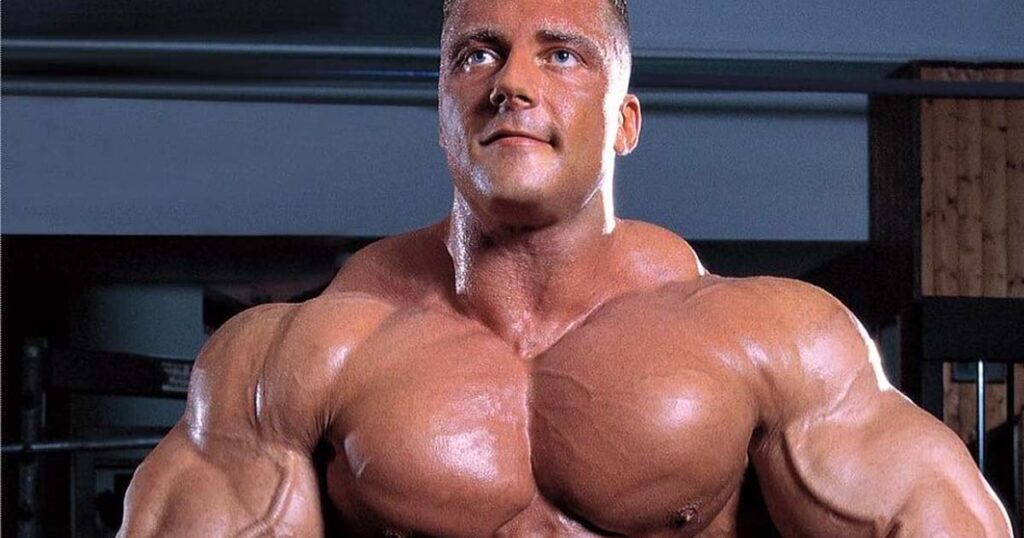
Jean‑Pierre Fux was a towering figure in bodybuilding during the 1990s. As an IFBB Pro, he was destined to become a dominant force, with back and arm development often compared to the best of that era. His career abruptly ended in 2002, after both legs were crushed during a photo shoot for Flex Magazine while attempting a heavy squat — reportedly over 700 lbs. He suffered catastrophic bilateral injuries: a torn patellar tendon on one leg and a ruptured quadriceps muscle on the other. The accident was captured on film and published in the following issue, and is cited even today in bodybuilding circles to warn upcoming bodybuilders about what not to do to avoid serious injuries.
Following the accident, Fux underwent multiple surgeries but never recovered his strength or mobility. Today, although he can walk short distances, his mobility is impaired, and he reportedly has serious difficulty walking unassisted. Jean‑Pierre Fux’s story reminds us of how pushing limits even in staged settings can lead to irreversible consequences.
5. Dennis Wolf
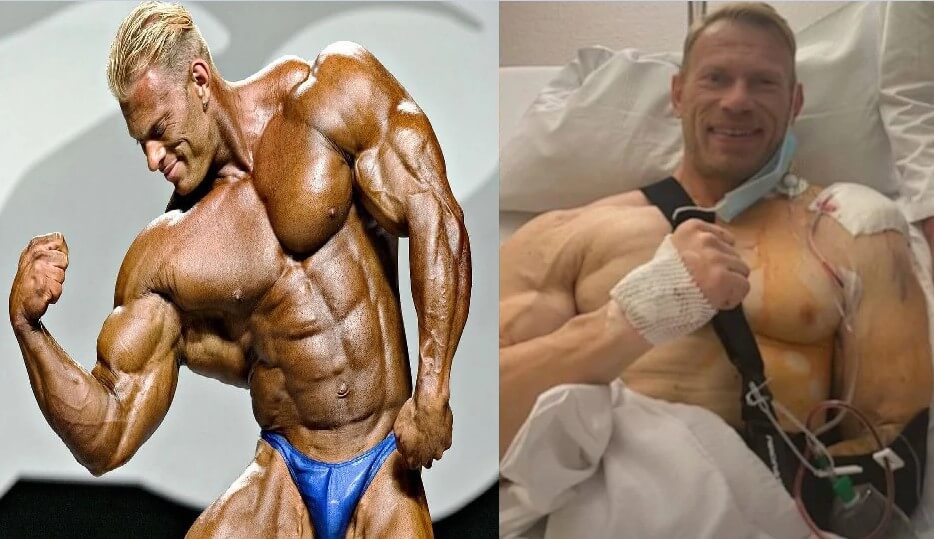
Dennis Wolf – popularly called “The Big Bad Wolf” was a celebrated IFBB pro from the mid-2000s to the late 2010s. Known for his dense musculature, quad sweep, and impeccable conditioning, he reached the top many times and clinched the Arnold Classic title in 2014, though he never won Mr. Olympia.
At the peak of his career, Wolf began experiencing unexplained weakness and involuntary movements while training his back. MRI scans revealed multiple herniated discs at C4–C7—a spinal injury that worsened over time due to years of heavy lifting. Ultimately, in 2016, he underwent surgery to fuse three cervical discs. Though he made a brief comeback in 2018 (finishing 12th at Arnold Classic), he was no longer the same athlete. Dennis suffered a serious spinal nerve injury in 2018, due to which he lost full control of his legs and had to undergo extensive rehabilitation.
Today, at 46, Dennis Wolf’s mobility is impaired. Though not fully wheelchair-bound, he experiences chronic nerve damage and reduced range of motion. He avoids heavy lifting, trains carefully, and focuses more on coaching, promotional events, and content creation. Dennis Wolf’s story is a powerful reminder of the long-term toll that this sport can take.
6. Paul Dillett
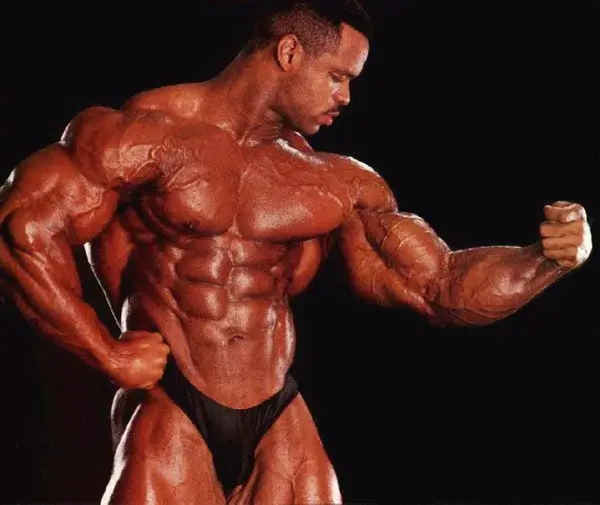
About 6′2″ tall and weighing 290–300 lb, Paul Dillett, nicknamed “Freak‑einstein,” rose to prominence as one of the most genetically gifted bodybuilders in the 1990s . He won the prestigious 1999 Night of Champions and was a top finisher in events like Mr. Olympia and the Arnold Classic.
However, during the 1994 Arnold Classic, the giant-sized monster with a well-proportioned body suddenly froze on stage due to acute cramps and nerve issues reportedly, because his heart stopped for a minute due to a severe chemical imbalance.
This proved to be a life-changing moment as he started to slow down and retired in 2012 due to injuries and health problems. Even though he isn’t permanently wheelchair-bound, his joint pains, asthma, and positional difficulties have been restricting his mobility, stage presence, and consistency —limiting how long he can stand or pose actively
7. Dallas McCarver (Deceased)
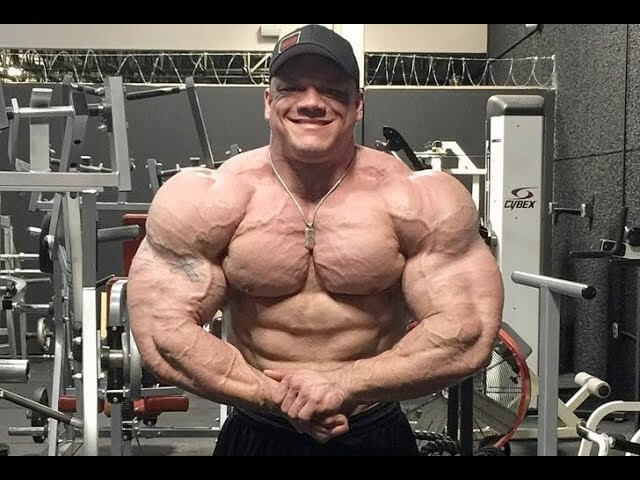
Dallas McCarver was in his early 20s when he entered the bodybuilding scene. Over the next few years, he won many bodybuilding competitions in quick succession, including the International Federation of Bodybuilding and Fitness (IFBB), and became the youngest professional bodybuilder to win a pro qualifier competition at the age of 21, and was placed 8th in Mr Olympia 2016. Critics hailed him as a promising young prodigy – destined to go places. But the very next year, Dallas collapsed onstage in Australia, reportedly due to breathing difficulties and bronchitis. He was advised to undergo a medical check-up, but started training again without the doctor’s advice.
A few months later, he was found unconscious at home and rushed to the hospital, where he was declared dead at the age of just 26 in 2017. Autopsy revealed severe cardiomegaly – a condition due to which the heart becomes larger than normal and is forced to work harder and make extra effort to circulate blood. Dallas McCarver’s heart weighed 833 g – almost three times the normal size (about 300 g). Rich Piana, another bodybuilder who died at the age of 47 due to a heart attack, also had an enlarged heart, but it weighed only 670 grams. McCarver’s liver, lungs, and kidneys, too, were enlarged. Toxicology showed that the cause of his death was an acute cardiac arrest due to chronic use of exogenous steroids, non‑steroid hormones, and a number of other drugs that are known to help athletes increase muscle size and strength.
The tragic short stories of bodybuilders like Dallas McCarver, Rich Piana, and others are stark reminders that one should think twice before taking drugs that make you a better athlete. The bitter truth is that these drugs also kill you, even many years after you stop taking them.
8. Gustavo Badell (Deceased)
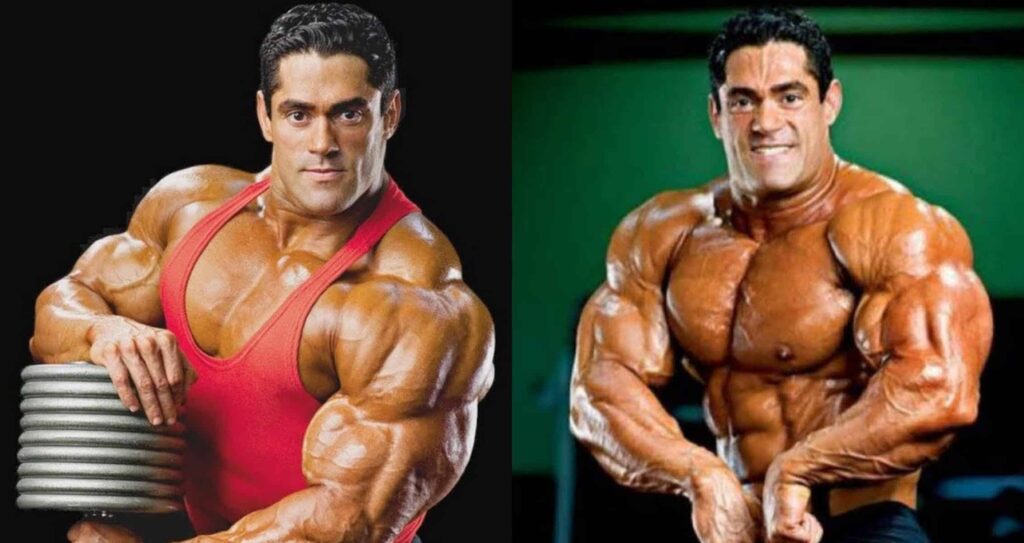
Gustavo Badell, nicknamed “The Freakin Rican”, was a Puerto Rican bodybuilder who won the Junior Caribbean title in 1991 and turned pro in 1997. He achieved global recognition when he finished second and third at Mr. Olympia in 2004 and 2005. He also won the Ironman Pro Invitational 2005 and the San Francisco Pro Invitational 2006 and was rated as a top-notch player in competitive bodybuilding.
But Badell developed chronic kidney and heart issues due to which he had to leave competitive bodybuilding and started training and mentoring young athletes. Badell suddenly died at the age of 50 on July 12, 2023, in Venezuela due to long-term high-dose substance use for size and conditioning. His death underscores the fragility of the systems behind impressive physiques—and stands as a solemn cautionary tale for the fitness world.
9. Mustafa Mohammad
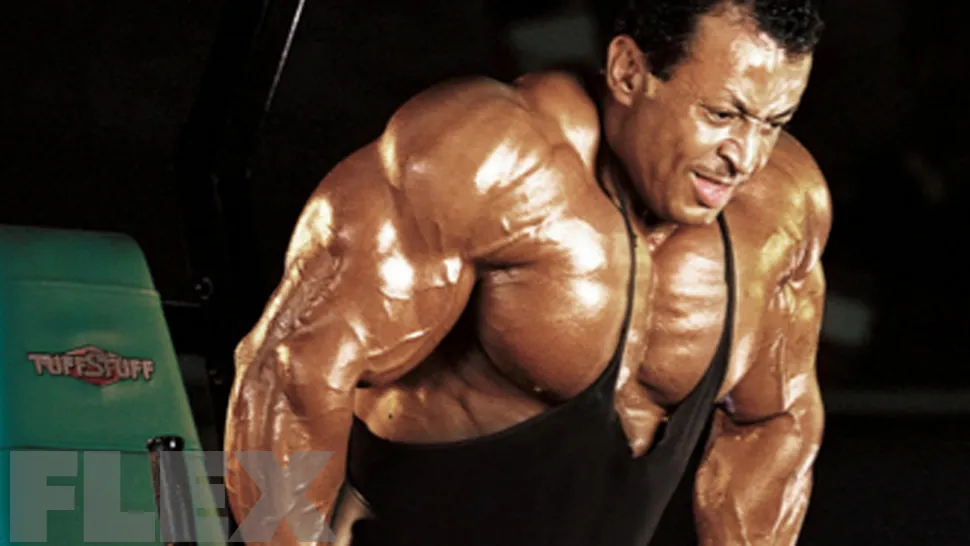
Mustafa Mohammad created a sensation in the early 1990s at the age of 26 after winning the prestigious NABBA Mr. Universe (Overall Champion) in 1992. He was proclaimed as having one of the densest physiques ever to grace bodybuilding.
But being placed 10th in the Mr. Olympia 2005 at the age of 35, he never realized his full potential and disappeared from competitive sport at a time when he was reaching his peak. When he returned nine years later, he was still a force to reckon with but nowhere close to his past form. His physique shrank considerably, and he was now about “half the size he once was.”
Mustafa finally retired at the age of 56 and makes it a point to avoid the public spotlight. This former IFBB pro has chronic knee injuries and joint degeneration due to years of extreme weight training. Though not wheelchair-bound, he can no longer walk unaided for long durations.
10. Mike Matarazzo (Deceased)

Mike Matarazzo was hailed as a giant killer who defeated top-notch pros like Flex Wheeler and Ronnie Coleman in the 90s. Known for his massive arms and calves (often called “Boston Mass”), he competed in seven Mr. Olympia contests. His overall best was 9th position in 1998.
But Matarazzo’s career was cut short when he had to undergo triple coronary bypass surgery due to clogged arteries at the age of 38, in 2004. He suffered a major heart attack again on his 42nd birthday in 2007, mostly because of his unhealthy lifestyle—excessive red meat diet, long-term use of anabolic steroids, growth hormone, and diuretics.
“I took the gamble and lost in every way… Physically, I’m completely limited… Financially, I’m pretty close to ruined…”he reportedly said in an interview.
Matarazzo died on August 16, 2014, at the age of 48.
These cases are powerful reminders that the price of extreme physical achievement can sometimes be paid with lifelong disability. While these men were admired for their strength and physique, many now serve as cautionary examples in the world of professional bodybuilding.

